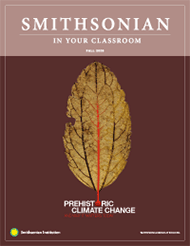February 27th - March 2nd
Monday- We are starting Chapter 11 about motion. Students will take a pretest about the main points of the chapter. We will go over the pretest together to see how much students know about speed, distance, time, acceleration, friction, and units. Students will be put into groups. They will conduct the Motion on Motion activity. Students have a sheet with 8 tables on them. Each table is for students to record the distance, time, direction, speed, and average speed of several wind up toys or their partners doing different kinds of motion. Students will fill out three tables in class today and finish the tables tomorrow. No homework.
Tuesday- Students will go to the cafeteria and finish the Motion on Motion activity from Monday. Homework is the Chapter 11 vocab words pg. 389
Wednesday- Bellrigner # 35 What is motion? Give three examples. Students will take notes and have a discussion over Chapter 11 S.1 I will go over some practice problems with students. Homework- Ch 11 S.1 Review worksheet.
Thursday- Bellrigner #36 1. Logan rode his bike 60km in 4 h. How fast was he going? 2. Matt says that he is faster. He rode his bike 90km in 6h. What is Matt's speed? 3. Who is faster? Students will participate in a lab about measuring speed with dominoes. Homework- Speed, Distance, Time problems on the back of the lab.
Friday- Bellringer #36
l1. Olivia can pitch a baseball a distance of 50 meters in 2 seconds. How fast is her pitch?
l2. How long does it take a bird to fly 200 km if it travels at a speed of 50km/h?
l3. A person in a kayak paddles down river at a average speed of 15km/h. After 3.25 hours, how far have they traveled?
Students will take notes and have discussion over Chapter 11 S.2 Acceleration. Homework: Worksheet.
